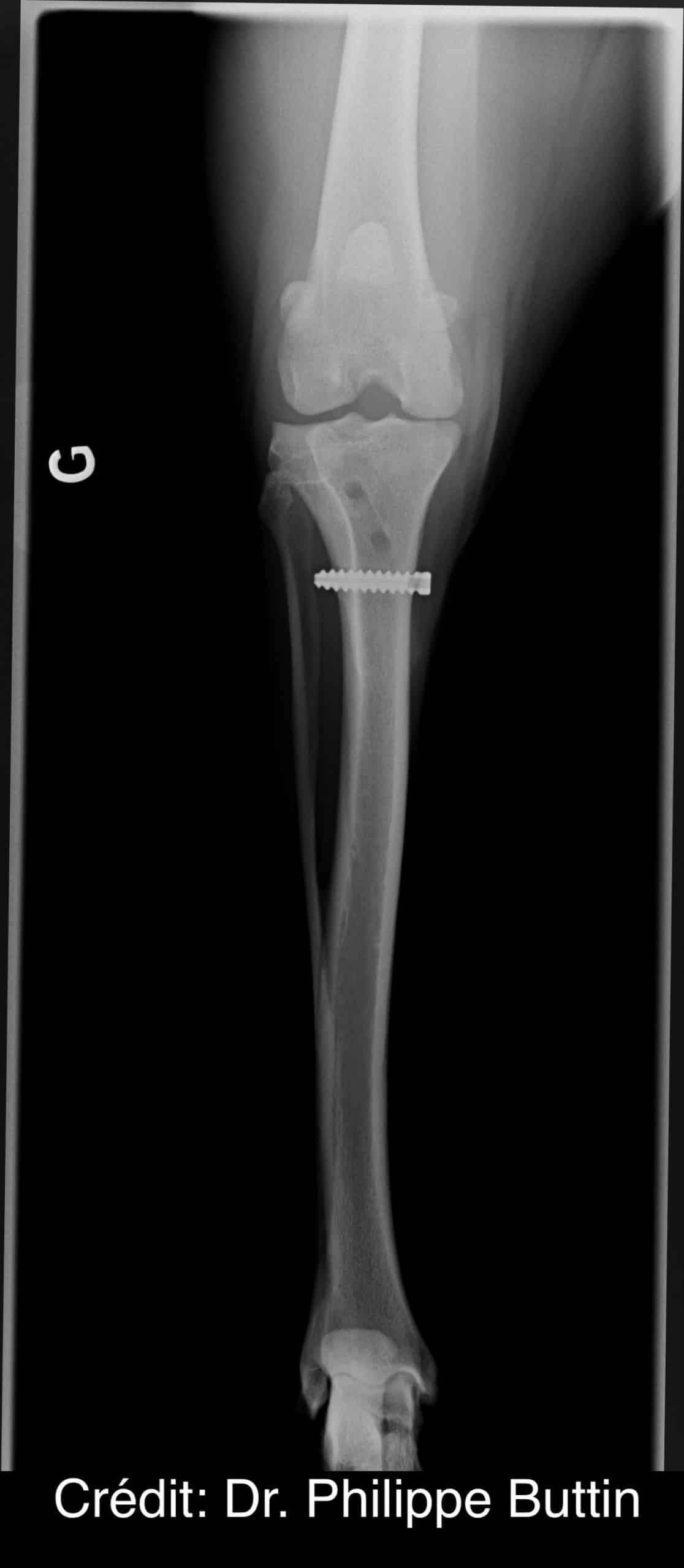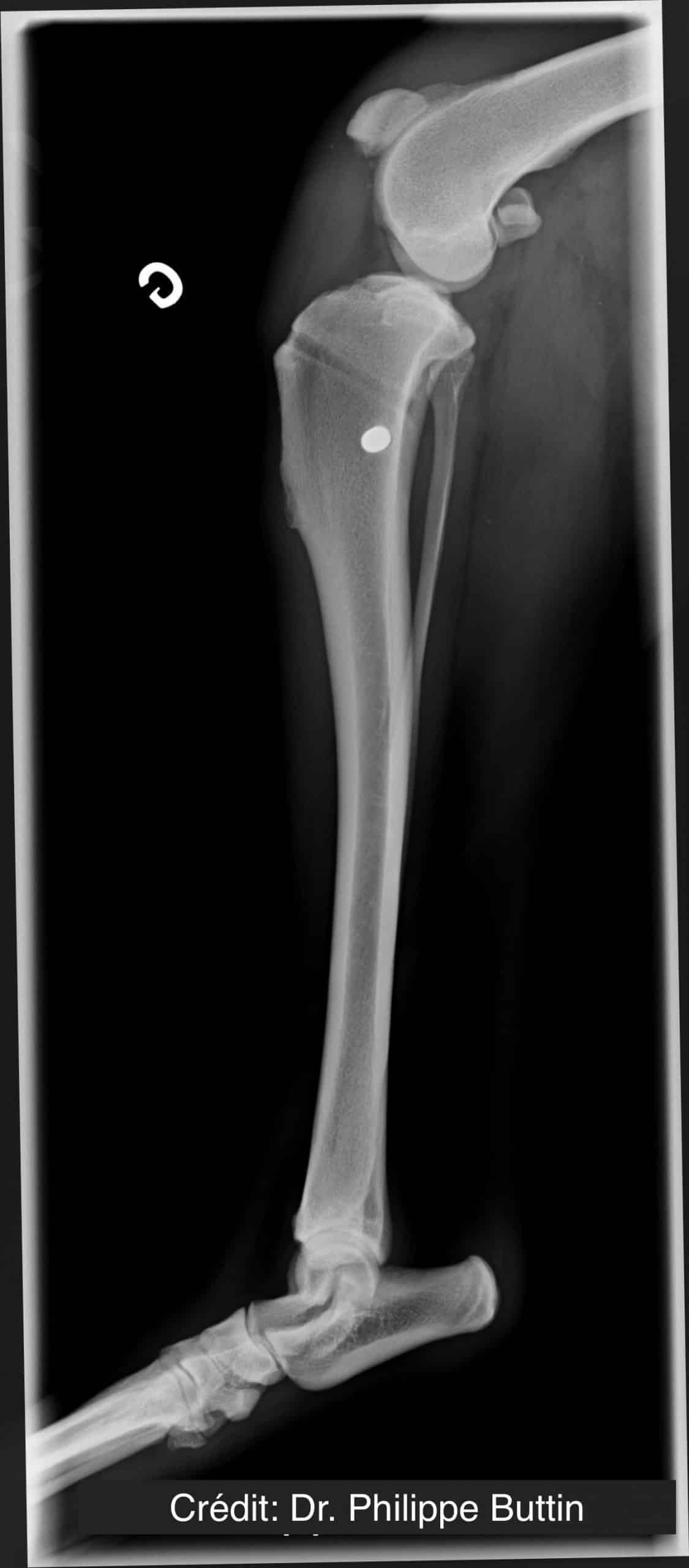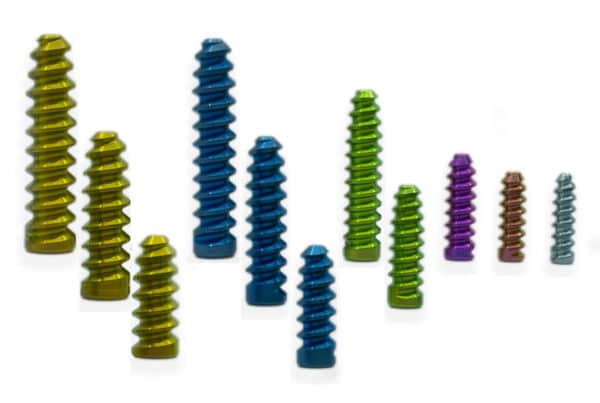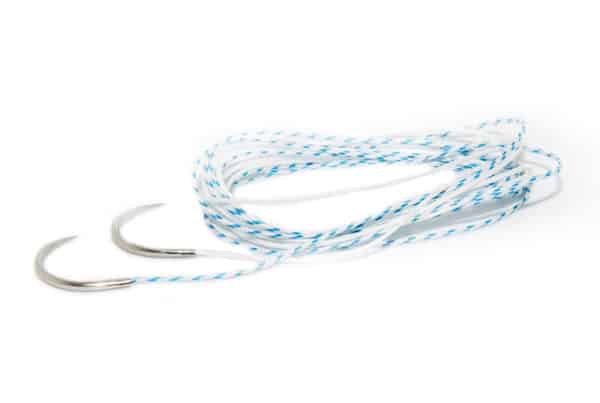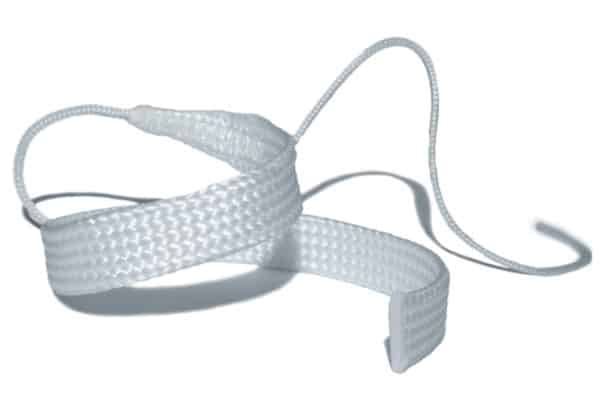Patellar tendon reconstruction
Tendon ruptures are difficult to treat, requiring rigid immobilization and most often the use of a trans-articular external fixator postoperatively in the hope for adequate healing.
NOVATEN® allows a simple and rapid reconstruction of most tendon ruptures. Biomechanical studies have shown sufficient strength to avoid the need for rigid postoperative immobilization. Semi-rigid external support (modified Robert Jones or splint for 4 to 6 weeks) is recommended.
The NOVATEN® technique can also be used on chronic ruptures with extensive muscle retraction, avulsions, enthesiopathies, musculotendinous injuries, etc…
Developed in partnership with :

École Vétérinaire de Lyon

Dr Philippe Buttin
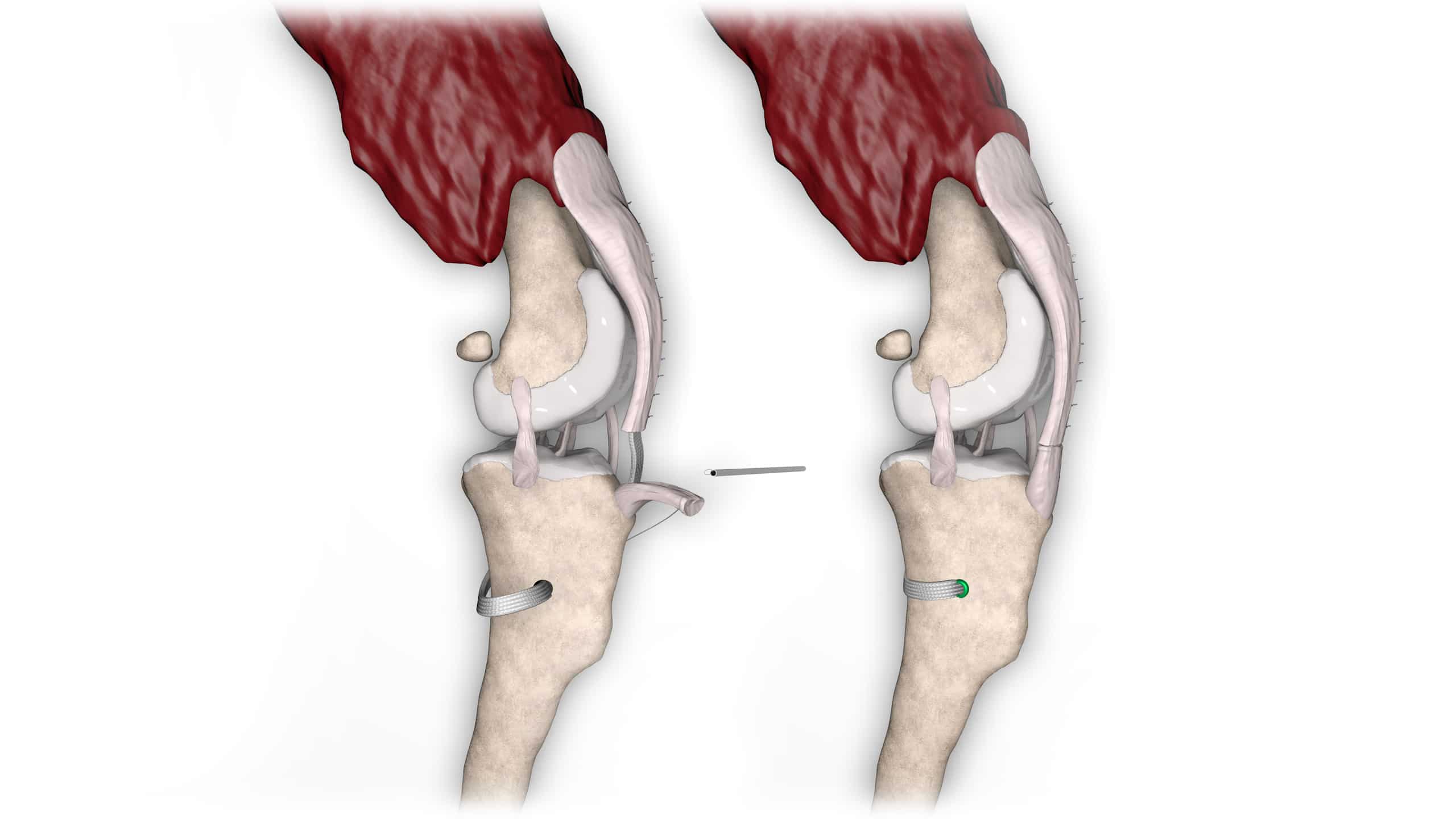
3D Video
Radiograph
Our technique
| Title | Download |
|---|---|
| FR-Quadriceps Novetech Surgery FR 2020 |
Scientific articles
- Biomechanical comparison of two suturing techniques during Achilles tendinoplasty in dogs: preliminary results. B. Goin, P. Buttin, T. Cachon & E. Viguier
- Biomechanical analysis of an original repair of an achilles tendon rupture in dogs: preliminary results P. Buttin, B. Goin, N. Giraud, E. Viguier & T. Cachon
- Repair of Tendon Disruption Using a Novel Synthetic Fiber Implant in Dogs and Cats: The Surgical Procedure and Three Case Reports. Philippe Buttin, Bastien Goin, Thibaut Cachon, and Eric Viguier
Press Articles
F.A.Q.
When a tendon rupture is associated with an open wound, which is the recommended procedure?
When a tendon rupture is associated with an open wound, the risk of infection is higher. A swab of the wound should be taken for bacteriological analysis before starting the appropriate antibiotic treatment. Surgery with an artificial tendon should only be performed if the wound is healthy. A new bacteriological analysis is recommended during surgery.
Thanks to the NOVATEN® synthetic tendon, muscle retraction is no longer an issue. The prosthesis will connect the two tendon ends, giving you the time to treat the wound beforehand.
In the event of persistent infection, the presence of an artificial implant becomes problematic. In our experience, implants can be removed after 3-4 months of healing, and in most cases, tendon healing allows satisfactory functional recovery.
Can chronic ruptures with extensive muscle retraction be treated with NOVATEN®?
It is perfectly possible to treat chronic rupture. However, it is generally associated with significant muscular contraction, which makes it difficult to reattach the two tendon ends. NOVATEN® is particularly useful in such cases, to bridge the gap between the proximal and the distal ends of the tendon. The progressive postoperative muscular relaxation should be anticipated to adjust the tension carefully during the procedure. We recommend applying overtension to anticipate muscle relaxation. It is also possible to use self-grafting techniques to fill the gap in the artificial tendon (fascia lata…).
What type of stitches should I use to suture the tendon part of the prosthesis?
An 8-stitch FiberTech suture has been shown to provide sufficient strength. A cross-stitch suture theoretically provides superior strength.
A continuous FiberTech suture with regular single knots offers optimum strength. It is therefore the recommended type of stitching when using NOVATEN®.
B. Goin, P. Buttin, T. Cachon & E. Viguier (2020) Biomechanical comparison of two suturing techniques during Achilles tendinoplasty in dogs: preliminary results, Computer Methods in Biomechanics and Biomedical Engineering, 23:sup1, S128-S129, DOI: 10.1080/10255842.2020.1816299
What type of postoperative immobilization is recommended?
The NOVATEN® technique does not require rigid restraint. The use of an external fixator is neither recommended nor necessary.
A Robert Jones bandage or a splint may be useful in the first few weeks, to avoid excessive stress on the operated limb.

